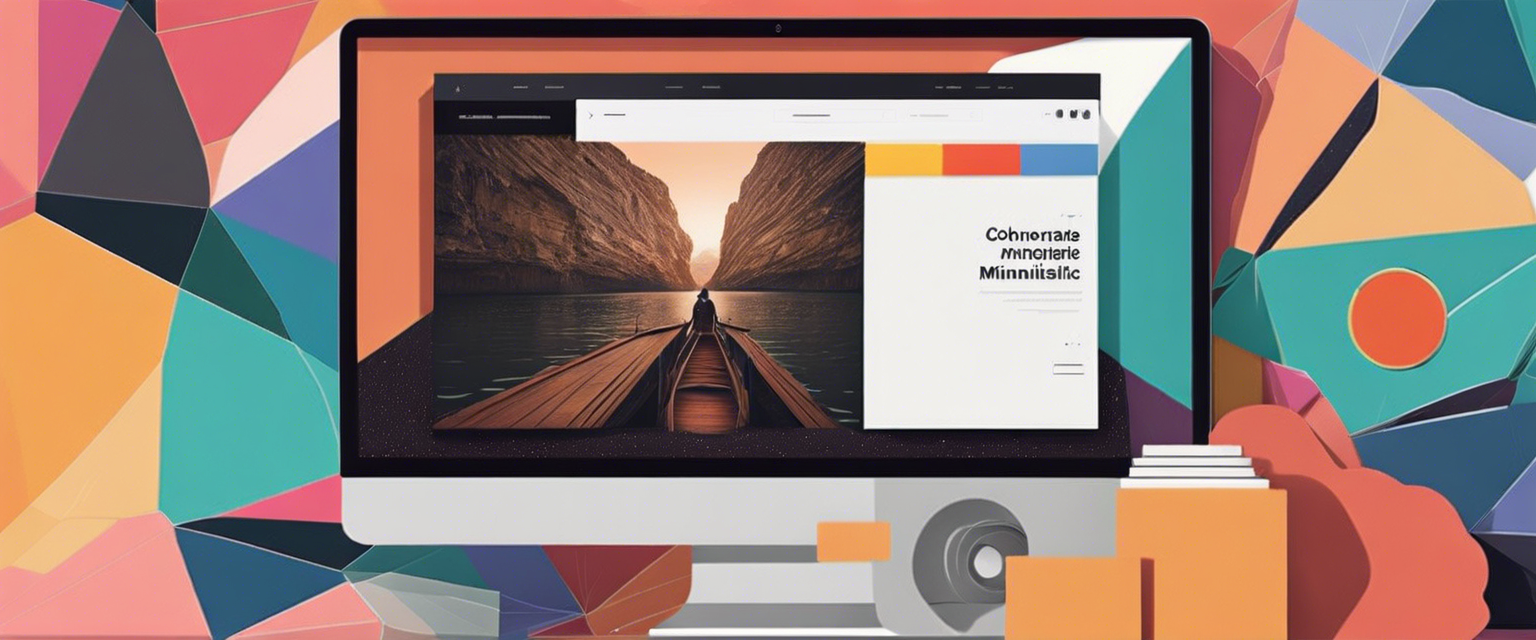Introduction to Stable Diffusion API and Google Colab
Stable Diffusion is an innovative text-to-image diffusion model that revolutionizes image generation. Developed through collaboration among researchers and engineers from CompVis, LAION, and StabilityAI, it is particularly notable for its ability to create photo-realistic images based on textual input.
One of the significant advantages of Stable Diffusion is its cost-effectiveness and public availability, making it an accessible tool for researchers and developers alike. By leveraging platforms like Google Colab, users can efficiently run Stable Diffusion scripts without the need for high-end hardware.
Setting Up Stable Diffusion in Google Colab
Step 1: Create a Huggingface Account
To start using Stable Diffusion on Google Colab, you first need to create an account on Huggingface. This platform hosts the necessary libraries and models for implementing Stable Diffusion.
Step 2: Accept the Terms of Service
Once your account is set up, you'll need to accept the terms of service for stable-diffusion-v1-4 to ensure compliance with its usage guidelines.
Step 3: Access Your Huggingface Token
Your Huggingface token is crucial for authentication during the implementation of Stable Diffusion. Be sure to store it securely, as it verifies your access and usage of the API.
Step 4: Open Google Colab
Navigate to Google Colab and prepare to run the necessary code in each cell sequentially. Google Colab will handle the installation of essential packages and libraries required for Stable Diffusion.
Step 5: Authenticate Using Your Token
During the execution of the initial cells, you will be prompted to authenticate your Huggingface login using the token retrieved in Step 3.
Step 6: Input Your Prompt
After the setup is complete, you can run the final cell and enter your desired prompt for the Stable Diffusion model. This is the moment where you can see your text transformed into a stunning image!
Advanced Applications of Stable Diffusion
While the steps outlined above provide a straightforward method for utilizing Stable Diffusion, the possibilities expand significantly with advanced applications. Here are a few examples:
- Web Applications: Leverage frameworks like Gradio to create interactive web applications utilizing the Stable Diffusion model.
- Automated Post-Processing: Enhance your generated images with automated post-processing techniques, adding filters or effects to achieve desired outcomes.
For further detailed information and documentation, you can visit the Huggingface repository at Huggingface Diffusers.
Conclusion
By following the outlined steps, you can effortlessly implement Stable Diffusion API in Google Colab. This model opens up a world of opportunities for creative exploration and innovative applications in the field of image generation.
Whether you are a seasoned developer or a newcomer, Stable Diffusion presents an exciting toolset for leveraging AI in the arts and beyond.



Laat een reactie achter
Alle reacties worden gemodereerd voordat ze worden gepubliceerd.
Deze site wordt beschermd door hCaptcha en het privacybeleid en de servicevoorwaarden van hCaptcha zijn van toepassing.